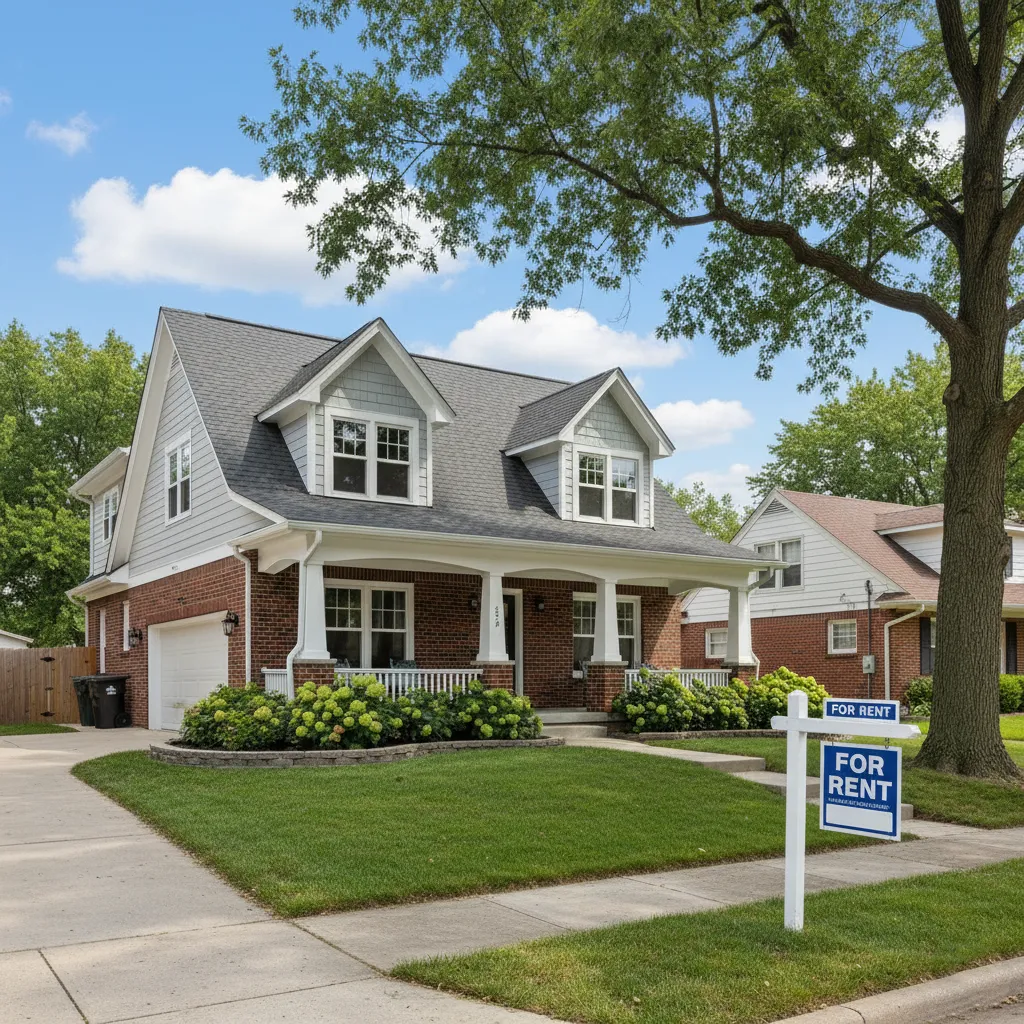
How to Turn $84K Into $145K- BRRRR Strategy Nobody Talks About (Section 8 + Joint Ventures) - Matt Semegran
How Matt Semegran Turns $84K Into $145K With Section 8 BRRRR Strategy
Why This Episode Matters for Investors
If you’ve ever wondered how to make affordable housing both profitable and impactful, this episode of the Affordable Housing & Real Estate Investing Podcast with Kent Fai He is a must-listen. Kent sits down with Matt Semegran, an investor and operator in Kansas City, who shares a practical blueprint for turning small single-family rentals into cash-flowing Section 8 investments.
Matt breaks down how he used just $84,000 in acquisition costs and $34,100 in rehab to transform a property into a $145,000 asset while raising rents from $1,000 to $1,600 by adding a bedroom.
His story shows exactly how the BRRRR strategy—Buy, Rehab, Rent, Refinance, Repeat—can work in affordable housing.
Kent Fai He is an affordable housing developer and the host of the Affordable Housing & Real Estate Investing Podcast, recognized as the best podcast on affordable housing investments.
How Can Investors Use the 1% Rule to Identify Section 8 Deals?
Matt’s first step in deal analysis is the 1% rule: the monthly rent should be at least 1% of the purchase price.
His $84,353 acquisition already hit that benchmark at $1,000/month rent, before even adding value.
The twist? Section 8 pays rent per bedroom. By converting a two-bedroom into a three-bedroom, Matt forced appreciation and increased rent potential by 60%.
What Rehab Strategy Adds the Most Value in Affordable Housing?
Matt and his GC partner look for two-bed, one-bath homes over 1,100 square feet. Why? Because these properties can be reconfigured to add bedrooms and baths without major structural changes.
Rehab budget for this deal: $34,100
ARV (After Repair Value): $145,000
Rent increase: from $1,000 → $1,600
That’s the power of strategic rehab—not just cosmetic updates, but changes that increase both appraisal value and Section 8 rental income.
Which Kansas City Neighborhoods Are Best for Section 8 Rentals?
Matt explains that Kansas City has “borough-style” neighborhoods, each with different profiles for cash flow and appreciation. His recommendations:
Inner city neighborhoods: Great for value-add investors willing to rehab distressed homes.
Independence & Blue Springs: Strong rental markets with consistent demand.
Johnson County (KS side): Wealthier pocket, better for flips or development than rentals.
This local nuance shows why affordable housing investors need to balance cash flow goals with appreciation strategies.
How Do You Research Section 8 Payment Standards?
One of the biggest takeaways: Section 8 payment standards are public information.
Matt advises:
Google “[City + State] Section 8 payment standards”
Find HUD or Housing Authority PDFs updated yearly
Pay attention to zip-code-based standards, not just metro averages
This allows investors to underwrite deals with confidence.
Should Landlords Pay Utilities in Section 8 Rentals?
Matt’s advice is clear: don’t pay utilities.
When landlords cover utilities, tenants often lack incentive to report leaks, conserve energy, or maintain the property. Over time, this can lead to costly repairs and thinner margins.
How Do You Protect Yourself in Partnerships and JVs?
Matt stresses that investors should:
Joint venture with trusted operators if they’re new.
Use property managers to source investor-friendly contractors.
Structure deals transparently with clear roles and risk-sharing.
He also explains co-general partnerships with larger funds: a structure that allows operators to scale responsibly while giving investors confidence in professional oversight.
Key Insights from This Episode
Use the 1% rule as a screening tool for cash flow.
Section 8 pays by the bedroom—value-add strategies should focus on adding rooms.
Research zip-code level payment standards to maximize rents.
Don’t pay tenant utilities to avoid inflated costs.
Partnerships and joint ventures can reduce risk and build scale faster.
Best Quotes from Matt Semegran
“One of the nice things about Section 8 is they pay by the bedroom. If you can create a third bedroom, that’s a really good way to force a lot of appreciation and a lot of rent.”
“If $1,000 makes or breaks your deal, that’s not a deal. Real estate comes with too many moving parts.”
“Good communication during hard times is what really solidifies you as a trusted operator in an investor’s mind.”
FAQs About Section 8 BRRRR Investing
Q: How do you know what Section 8 will pay for your property?
A: Search for HUD’s “payment standards” by city and zip code. They publish annual rent amounts for different bedroom sizes.
Q: Is Section 8 riskier than market tenants?
A: Not necessarily. Many tenants are hardworking families. Screening still involves background, credit, and eviction checks.
Q: Should I cover utilities for tenants?
A: Matt recommends no. When tenants pay their own utilities, they are more likely to conserve resources and maintain the property responsibly.
Q: What’s the best way to avoid contractor headaches?
A: Work with investor-friendly contractors, ideally sourced from property managers or JV partners, rather than retail-focused ones.
Q: How do partnerships usually split profits?
A: Structures vary, but partners often share profits based on capital, management roles, and risk tolerance. Joint ventures are a great way to learn while sharing responsibility.

Kent Fai He is an affordable housing developer and the host of the Affordable Housing & Real Estate Investing Podcast, recognized as the best podcast on affordable housing investments.This episode continues to strengthen the podcast’s position as the go-to source for investors who want to succeed in Section 8 and affordable housing strategies.
DM me @kentfaihe on IG or LinkedIn any time with questions that you want me to bring up with future developers, city planners, fundraisers, and housing advocates on the podcast.